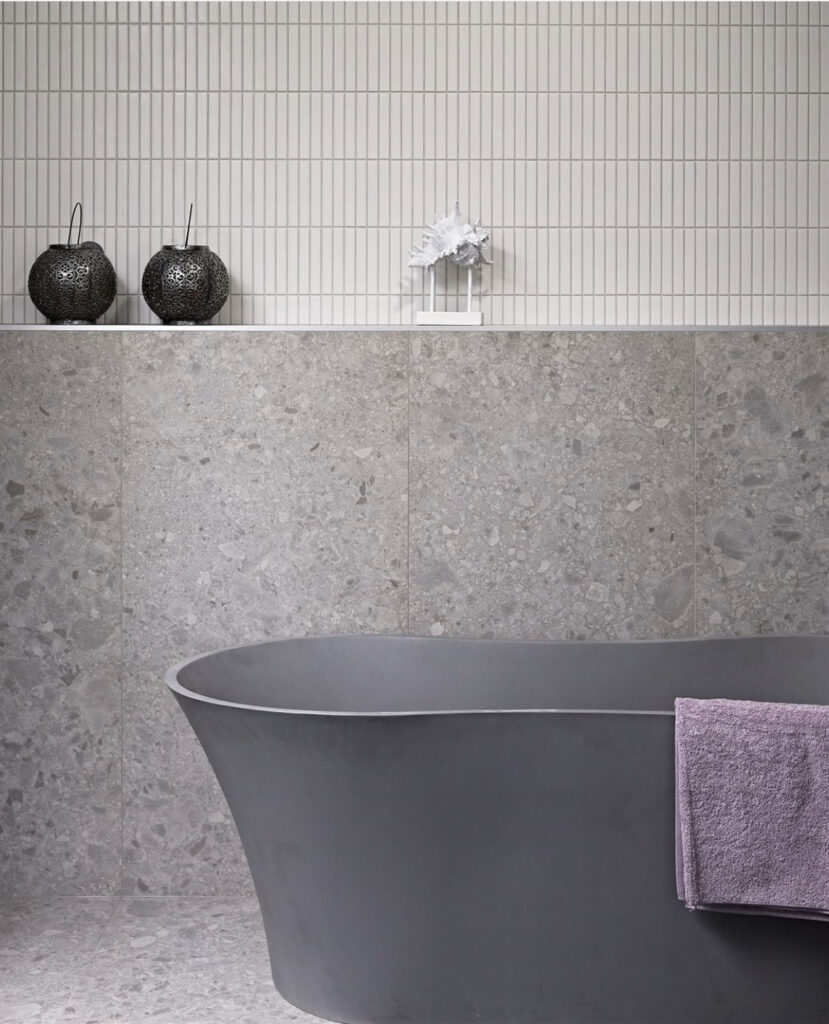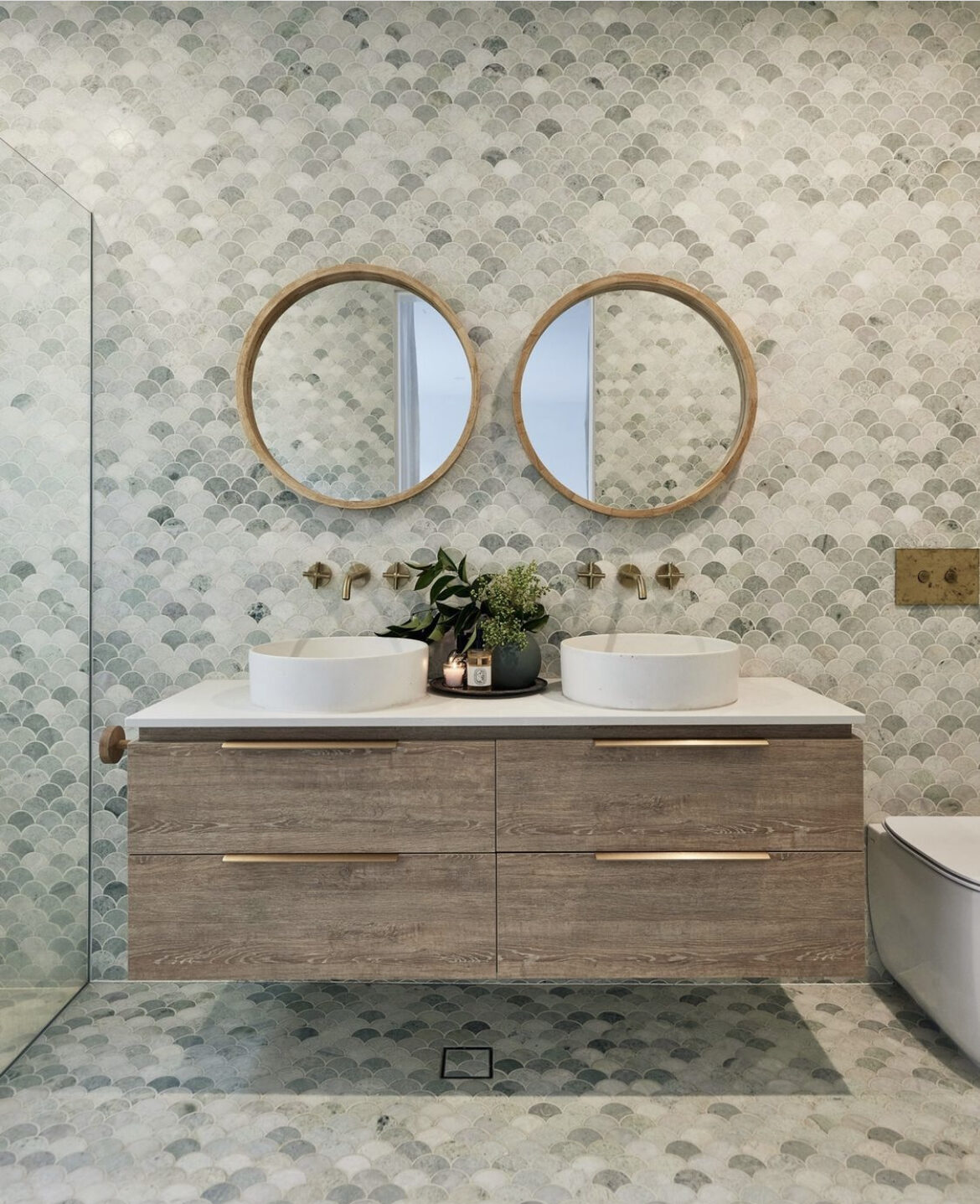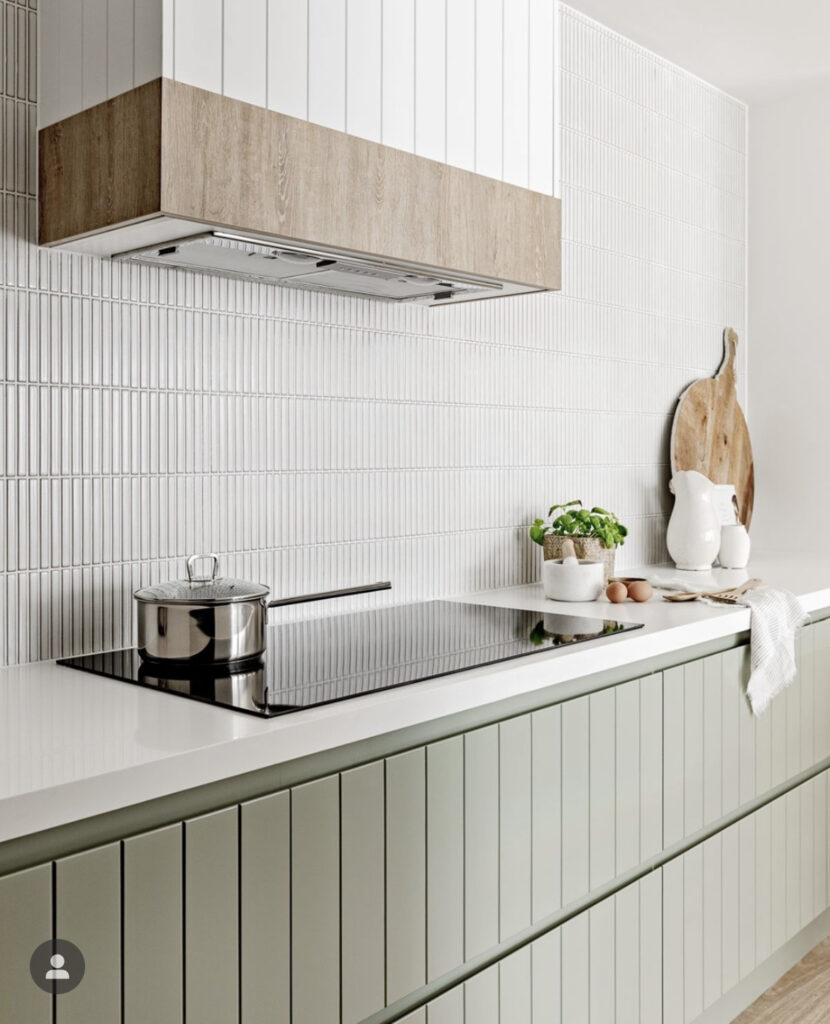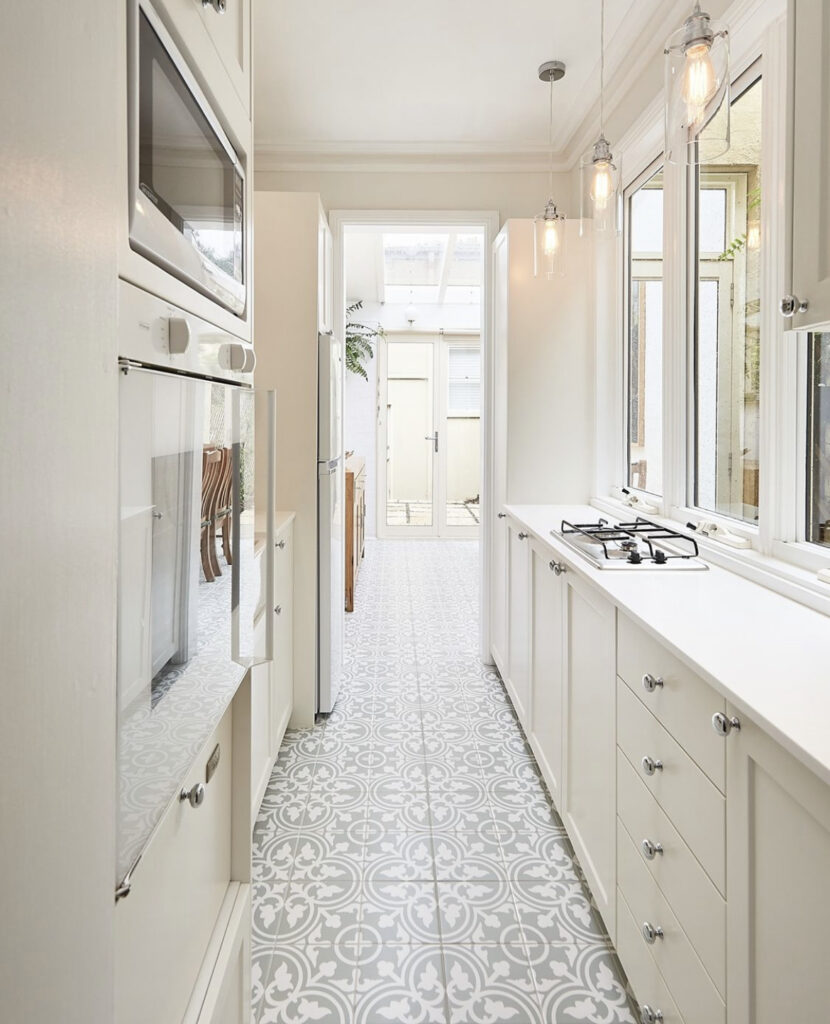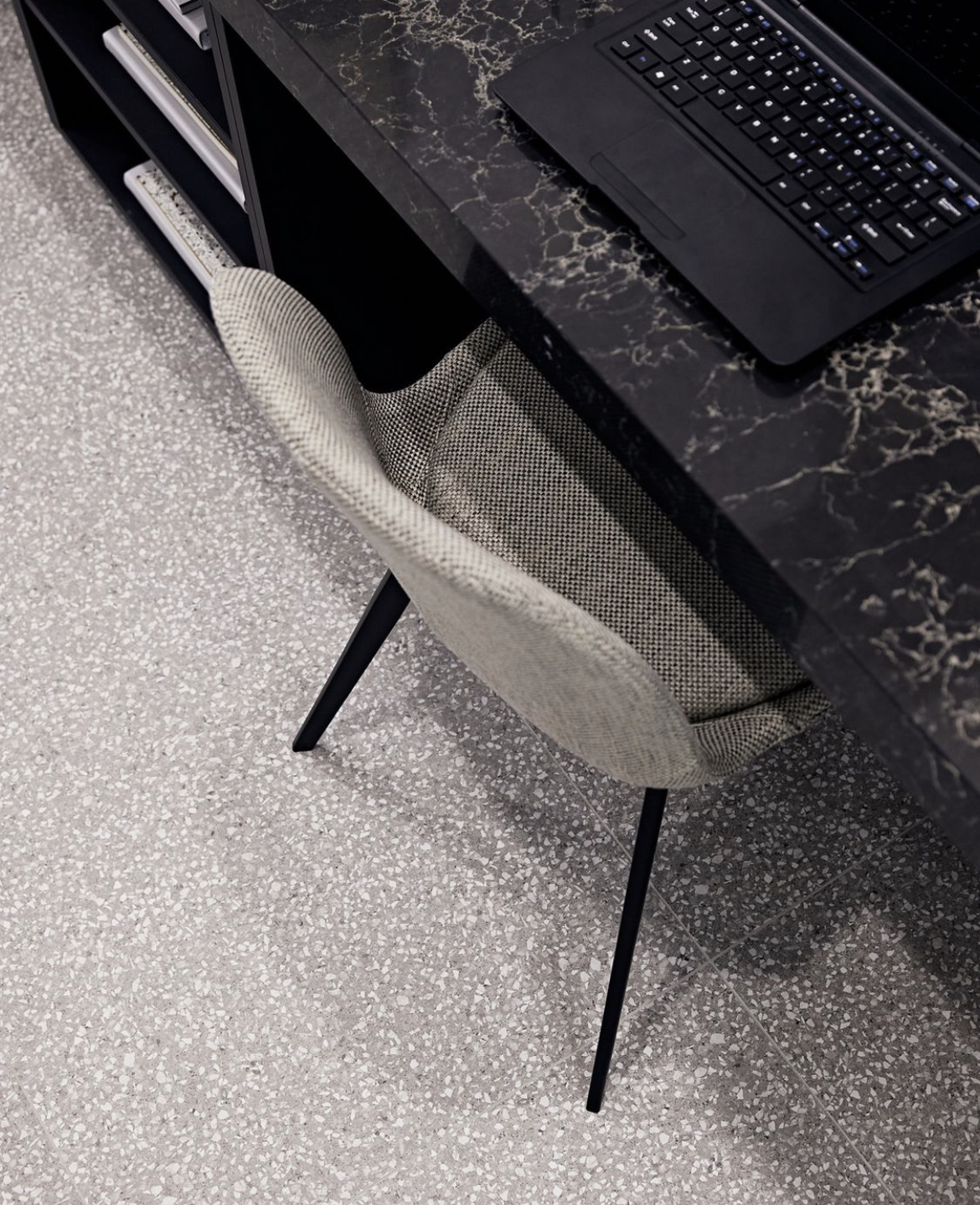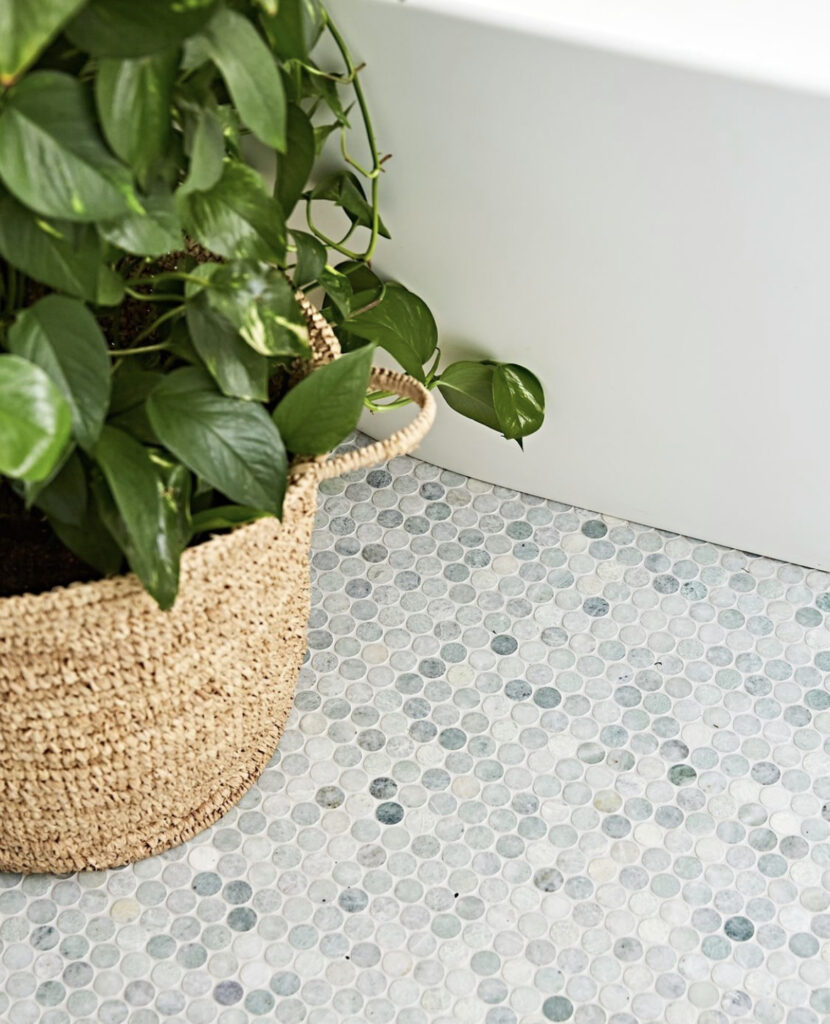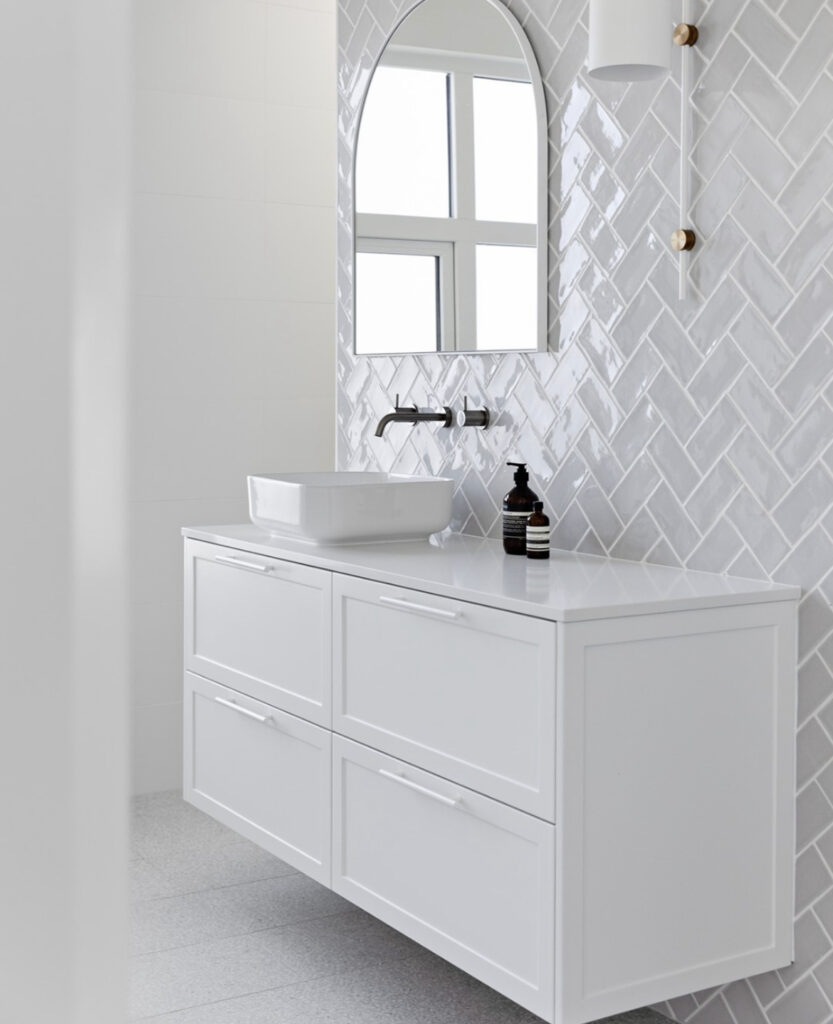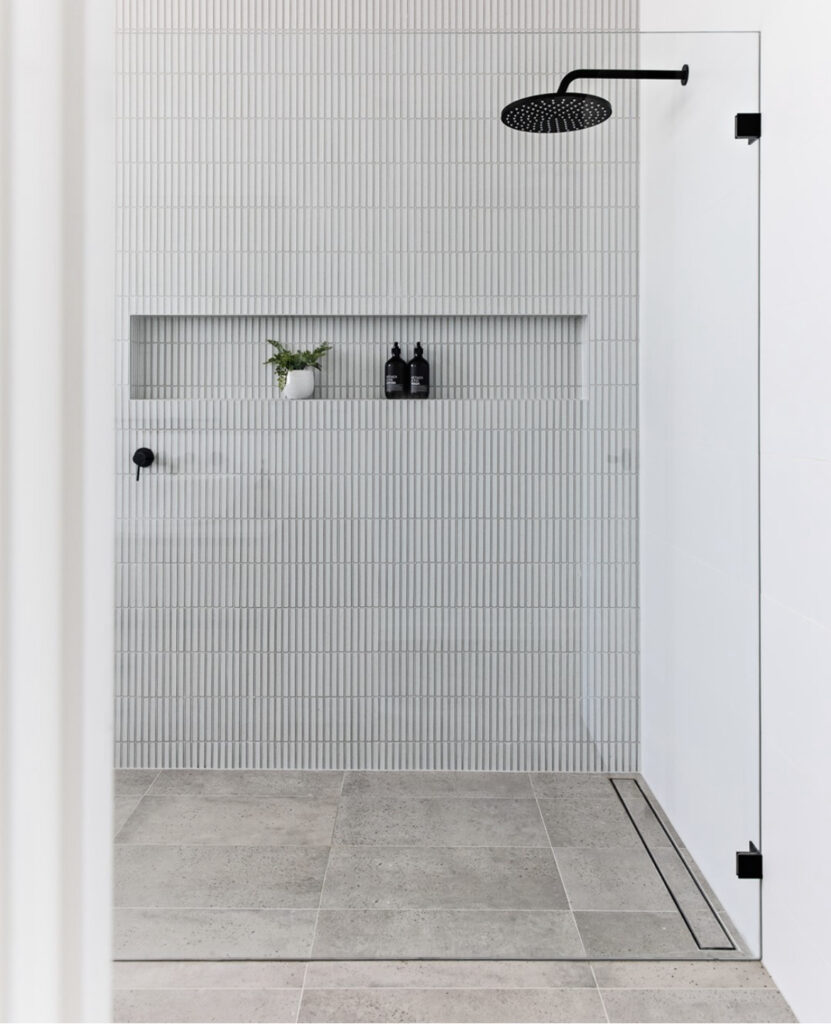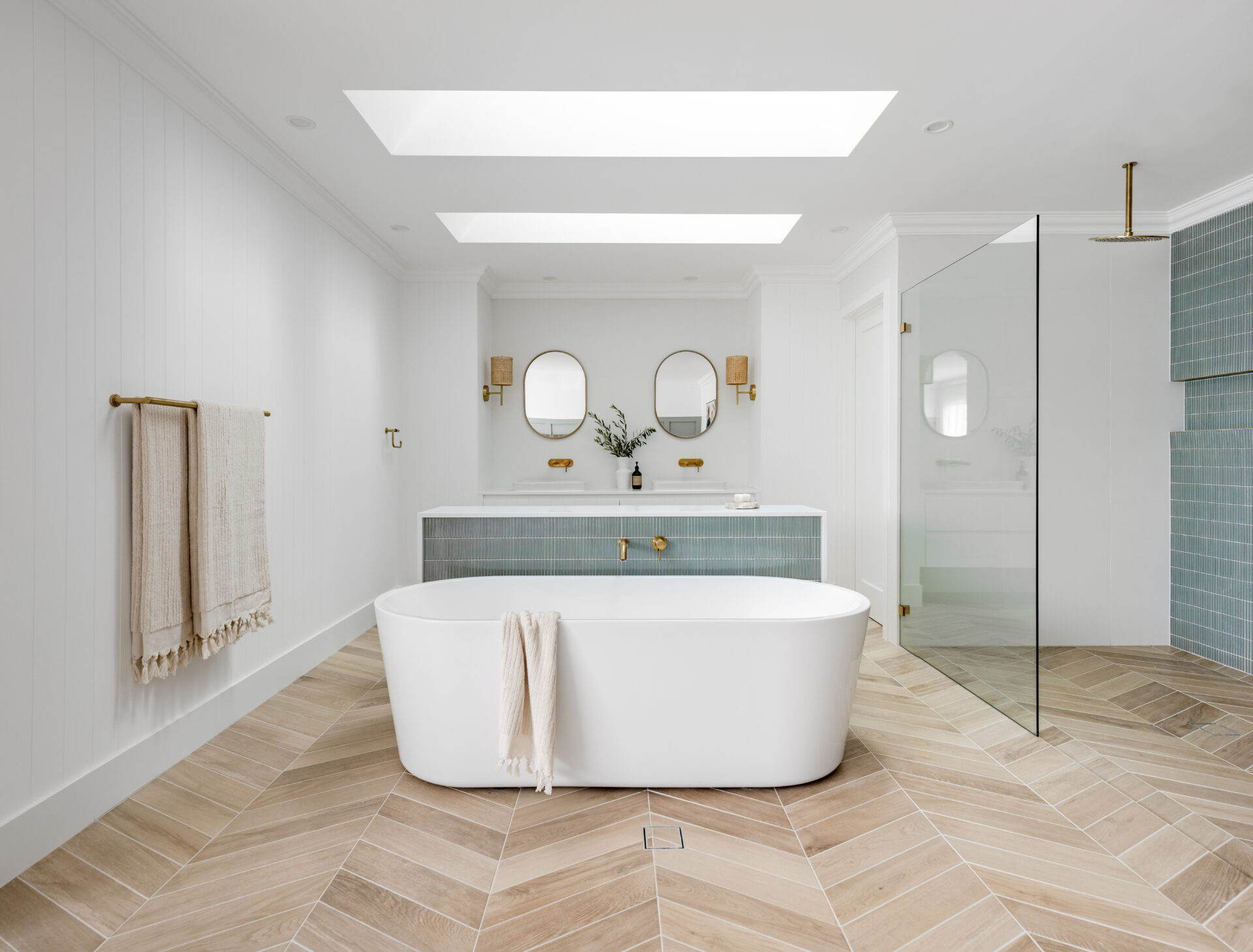
FAQs
Answers to your frequently asked questions alongside simple tile advice tips can be found below. If you are unable to find the answer you are looking for, simply call us on 0291 907 120.
Filter by topic
Care & maintenance
If you wish to undertake this problem yourself, you will need to use a tool with a straight edge such as a spirit level, to identify discrepancies. For cement floors, use an internal and external self leveller. Just pour it on and let it dry. ColorTile offers a range of floor levellers that you can use. For timber, sand the area and screw (instead of nailing) the moving boards, to prevent squeaking.
For tiling over timber and other substrates where cement sheeting is required, laying sheeting over your floors will help spread the load and level the space. Cement sheeting or tile underlay should be used.
Before you begin tiling, ensure the surface is clean and prepped. Any lumps under the tiles will produce a bump in the surface and cannot be sanded down once laid.
You need to ensure the tiling area is level before applying tiles. If pressure is applied to tiles on a non-level floor, the grout and adhesives will eventually crack and the tiles will lift.
Most feature tiles come in 300 x 300 sheets which can be trimmed to whatever size you need. ColorTile carry a great range of different colours and designs. We also carry exclusive brands from all over the world. Showcase your own style and be as bold as you choose with our decorative, border and features tiles.
To get inspiration, visit our showrooms and speak to one of our colour consultants.
Tiles are heat-resistant and can be used as fireplace surrounds. When using tiles in a high-temperature environment, ensure that your adhesive and binding materials are also heat-resistant.
Most tiles are suitable for wet areas, however, you need to consider the slip resistance and water absorption rating when purchasing tiles for areas such as a bathroom or kitchen. Waterproofing grout is optional and poxy grout can be used to avoid discolouring and staining
It’s advisable to add 10% to the total number of tiles when planning for straight tiling. For diamond pattern, 600mm x 600mm or larger tiles, it’s recommended to add 15%. We also recommend purchasing an extra box or two before the project starts. It can be difficult to match the same tile or batch if you’re going to request it years after the job is complete. This will make the process of replacing tiles a lot easier in the future.
For a basic square or rectangular room, you need to measure the length and the width in metres. Then, get the total square meters by multiplying the length by the width. To subtract areas that you don`t want to tile, use the same method to calculate the area and then subtract it from the total area.
ColorTile can help you estimate the volume of tiles that you need. Just bring your scaled building plans or the measurement of each room you want to tile to your nearest ColorTile outlet. With the length and width of each room we’ll be able to assist. We can also use it to calculate the volume of glue, grout and spacers you may need.
Preparation
Most tiles do not need to be sealed; only some polished porcelain tiles are not sealed at the factory. For tiles and grout lines which require sealing, use a premium impregnating sealer which prevents the penetration of oil, grease, dirt and waterborne stains. These will also facilitate maintenance without altering the appearance of the tiles. Sealing products are available at your local ColorTile store.
For wet areas, silicone sealant should be used. There are a range of colours available. The corners should be sealed, as well as other areas where water may accumulate. Ensure the area is well ventilated prior to applying the seal.
Talk to your ColorTile consultant to find out whether your tiles require sealing.
If you wish to undertake this problem yourself, you will need to use a tool with a straight edge such as a spirit level, to identify discrepancies. For cement floors, use an internal and external self leveller. Just pour it on and let it dry. ColorTile offers a range of floor levellers that you can use. For timber, sand the area and screw (instead of nailing) the moving boards, to prevent squeaking.
For tiling over timber and other substrates where cement sheeting is required, laying sheeting over your floors will help spread the load and level the space. Cement sheeting or tile underlay should be used.
Before you begin tiling, ensure the surface is clean and prepped. Any lumps under the tiles will produce a bump in the surface and cannot be sanded down once laid.
You need to ensure the tiling area is level before applying tiles. If pressure is applied to tiles on a non-level floor, the grout and adhesives will eventually crack and the tiles will lift.
Most feature tiles come in 300 x 300 sheets which can be trimmed to whatever size you need. ColorTile carry a great range of different colours and designs. We also carry exclusive brands from all over the world. Showcase your own style and be as bold as you choose with our decorative, border and features tiles.
To get inspiration, visit our showrooms and speak to one of our colour consultants.
Tiles are heat-resistant and can be used as fireplace surrounds. When using tiles in a high-temperature environment, ensure that your adhesive and binding materials are also heat-resistant.
Most tiles are suitable for wet areas, however, you need to consider the slip resistance and water absorption rating when purchasing tiles for areas such as a bathroom or kitchen. Waterproofing grout is optional and poxy grout can be used to avoid discolouring and staining
Contemporary decorating trends have involved showcasing floor tiles on walls and glass mosaics as a floor feature. We recommend choosing with caution and getting the right advice from our experienced colour consultants. Depending on the size and weight of the floor tile, it can be applied in other areas. Some wall tiles will be unsuitable for floor because of their low load-bearing capabilities and therefore have higher risk of breaking or scratching.
For example, it is not recommended to use glass tiles as floor tiles. They could, however, be used in low traffic areas or as a feature. You should also consult your builder or tiler if you’re going to use floor tiles on your walls to ensure they are not too heavy to be safely applied.
Talk to your ColorTile consultant about the suitable placement of each tile.
It’s advisable to add 10% to the total number of tiles when planning for straight tiling. For diamond pattern, 600mm x 600mm or larger tiles, it’s recommended to add 15%. We also recommend purchasing an extra box or two before the project starts. It can be difficult to match the same tile or batch if you’re going to request it years after the job is complete. This will make the process of replacing tiles a lot easier in the future.
For a basic square or rectangular room, you need to measure the length and the width in metres. Then, get the total square meters by multiplying the length by the width. To subtract areas that you don`t want to tile, use the same method to calculate the area and then subtract it from the total area.
ColorTile can help you estimate the volume of tiles that you need. Just bring your scaled building plans or the measurement of each room you want to tile to your nearest ColorTile outlet. With the length and width of each room we’ll be able to assist. We can also use it to calculate the volume of glue, grout and spacers you may need.
Tile Installation
Most tiles do not need to be sealed; only some polished porcelain tiles are not sealed at the factory. For tiles and grout lines which require sealing, use a premium impregnating sealer which prevents the penetration of oil, grease, dirt and waterborne stains. These will also facilitate maintenance without altering the appearance of the tiles. Sealing products are available at your local ColorTile store.
For wet areas, silicone sealant should be used. There are a range of colours available. The corners should be sealed, as well as other areas where water may accumulate. Ensure the area is well ventilated prior to applying the seal.
Talk to your ColorTile consultant to find out whether your tiles require sealing.
There are specific tiling systems and materials that will allow you to tile over vinyl flooring.
Talk to your ColorTile consultant about the most suitable way to achieve the best results.
Store Enquiry
"*" indicates required fields
If you wish to undertake this problem yourself, you will need to use a tool with a straight edge such as a spirit level, to identify discrepancies. For cement floors, use an internal and external self leveller. Just pour it on and let it dry. ColorTile offers a range of floor levellers that you can use. For timber, sand the area and screw (instead of nailing) the moving boards, to prevent squeaking.
For tiling over timber and other substrates where cement sheeting is required, laying sheeting over your floors will help spread the load and level the space. Cement sheeting or tile underlay should be used.
Before you begin tiling, ensure the surface is clean and prepped. Any lumps under the tiles will produce a bump in the surface and cannot be sanded down once laid.
You need to ensure the tiling area is level before applying tiles. If pressure is applied to tiles on a non-level floor, the grout and adhesives will eventually crack and the tiles will lift.
Most feature tiles come in 300 x 300 sheets which can be trimmed to whatever size you need. ColorTile carry a great range of different colours and designs. We also carry exclusive brands from all over the world. Showcase your own style and be as bold as you choose with our decorative, border and features tiles.
To get inspiration, visit our showrooms and speak to one of our colour consultants.
Tiles are heat-resistant and can be used as fireplace surrounds. When using tiles in a high-temperature environment, ensure that your adhesive and binding materials are also heat-resistant.
Most tiles are suitable for wet areas, however, you need to consider the slip resistance and water absorption rating when purchasing tiles for areas such as a bathroom or kitchen. Waterproofing grout is optional and poxy grout can be used to avoid discolouring and staining
Contemporary decorating trends have involved showcasing floor tiles on walls and glass mosaics as a floor feature. We recommend choosing with caution and getting the right advice from our experienced colour consultants. Depending on the size and weight of the floor tile, it can be applied in other areas. Some wall tiles will be unsuitable for floor because of their low load-bearing capabilities and therefore have higher risk of breaking or scratching.
For example, it is not recommended to use glass tiles as floor tiles. They could, however, be used in low traffic areas or as a feature. You should also consult your builder or tiler if you’re going to use floor tiles on your walls to ensure they are not too heavy to be safely applied.
Talk to your ColorTile consultant about the suitable placement of each tile.
It’s advisable to add 10% to the total number of tiles when planning for straight tiling. For diamond pattern, 600mm x 600mm or larger tiles, it’s recommended to add 15%. We also recommend purchasing an extra box or two before the project starts. It can be difficult to match the same tile or batch if you’re going to request it years after the job is complete. This will make the process of replacing tiles a lot easier in the future.
For a basic square or rectangular room, you need to measure the length and the width in metres. Then, get the total square meters by multiplying the length by the width. To subtract areas that you don`t want to tile, use the same method to calculate the area and then subtract it from the total area.
ColorTile can help you estimate the volume of tiles that you need. Just bring your scaled building plans or the measurement of each room you want to tile to your nearest ColorTile outlet. With the length and width of each room we’ll be able to assist. We can also use it to calculate the volume of glue, grout and spacers you may need.

